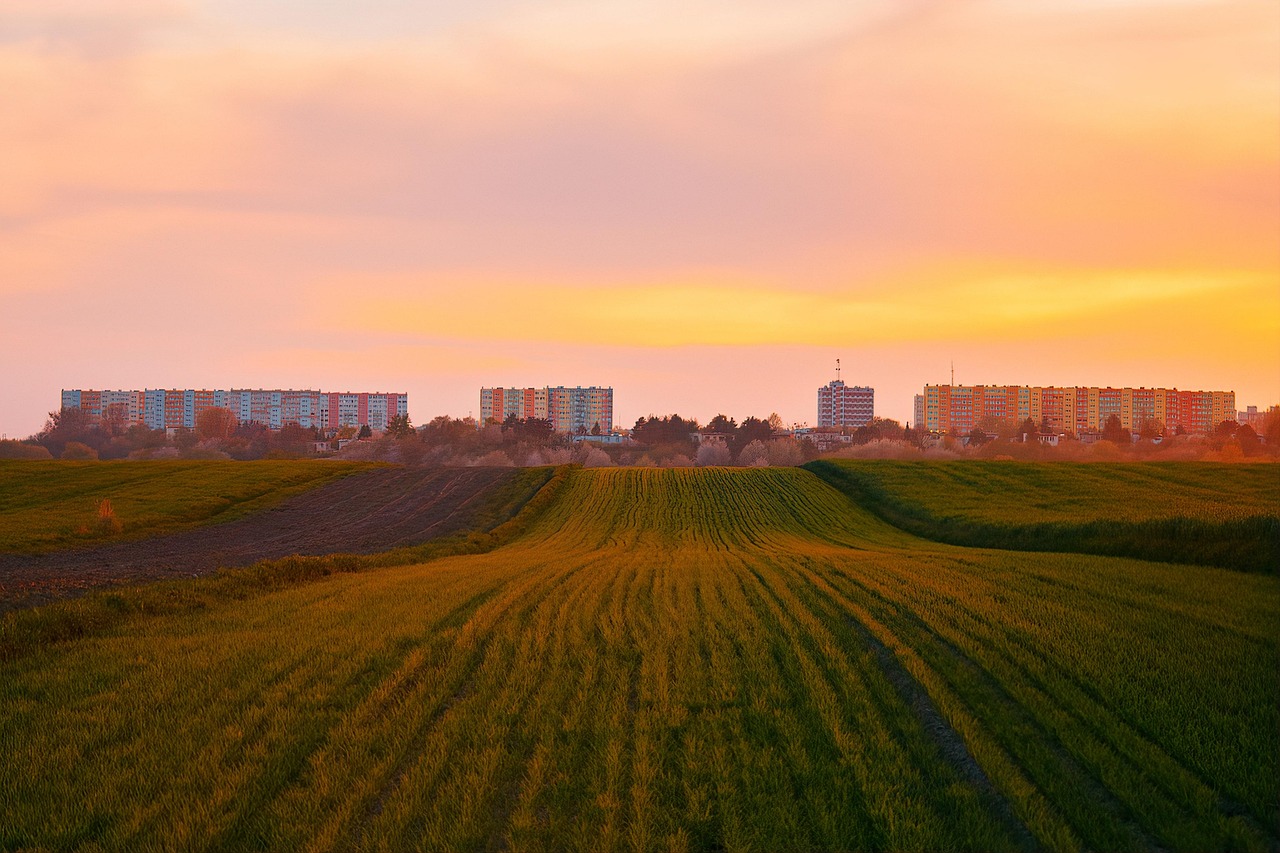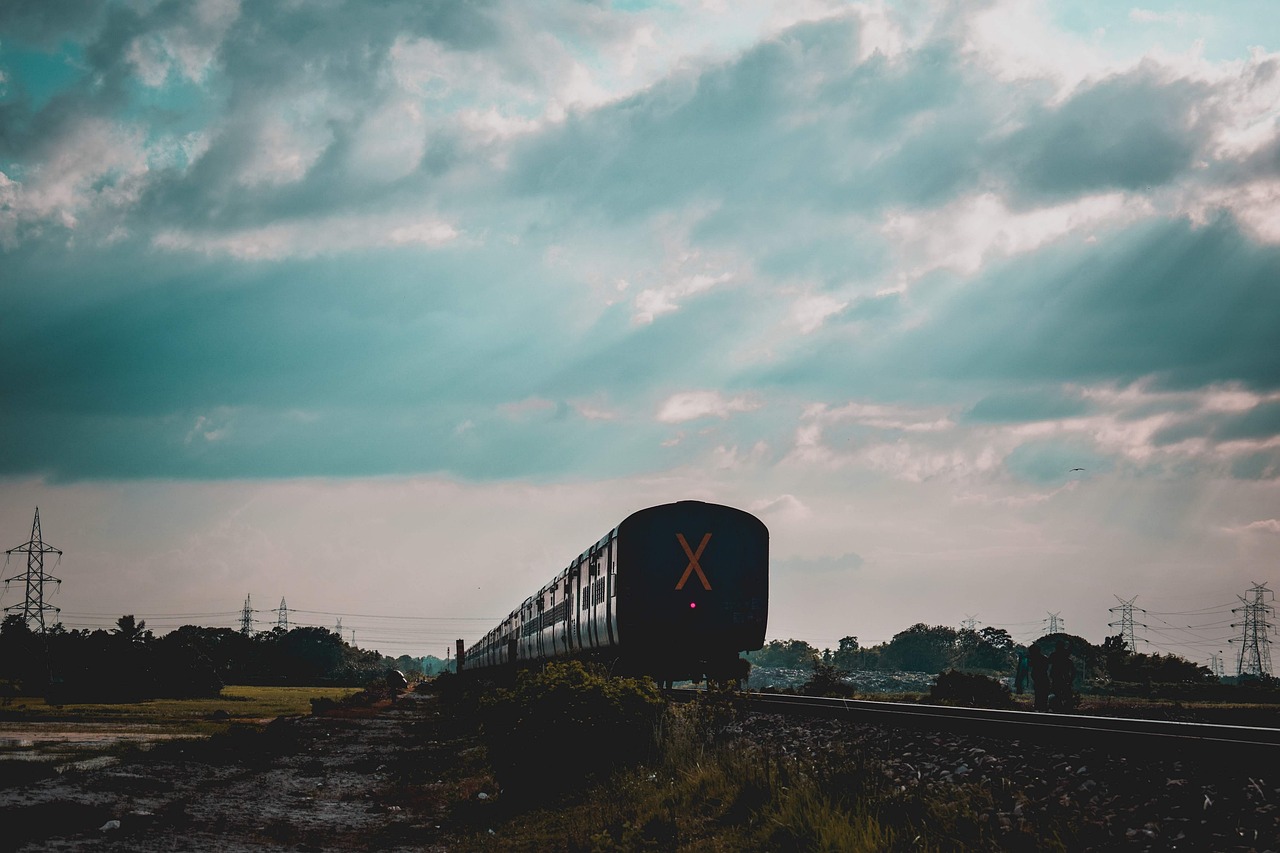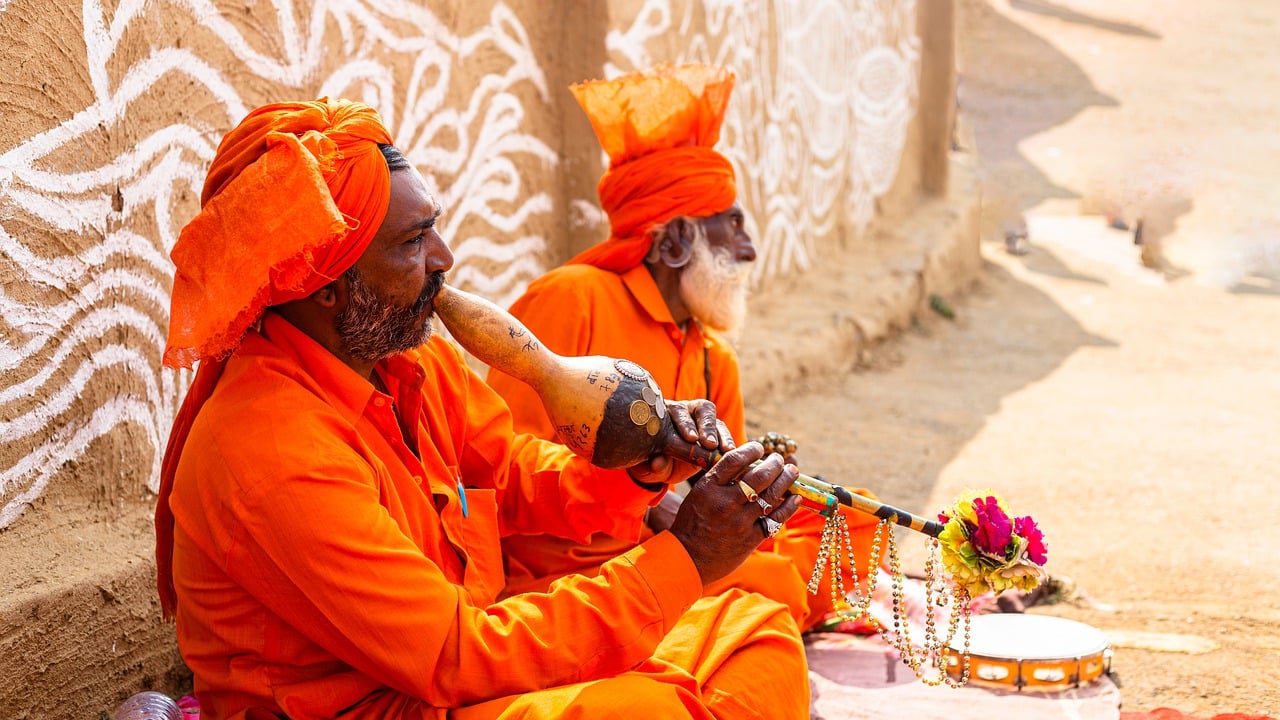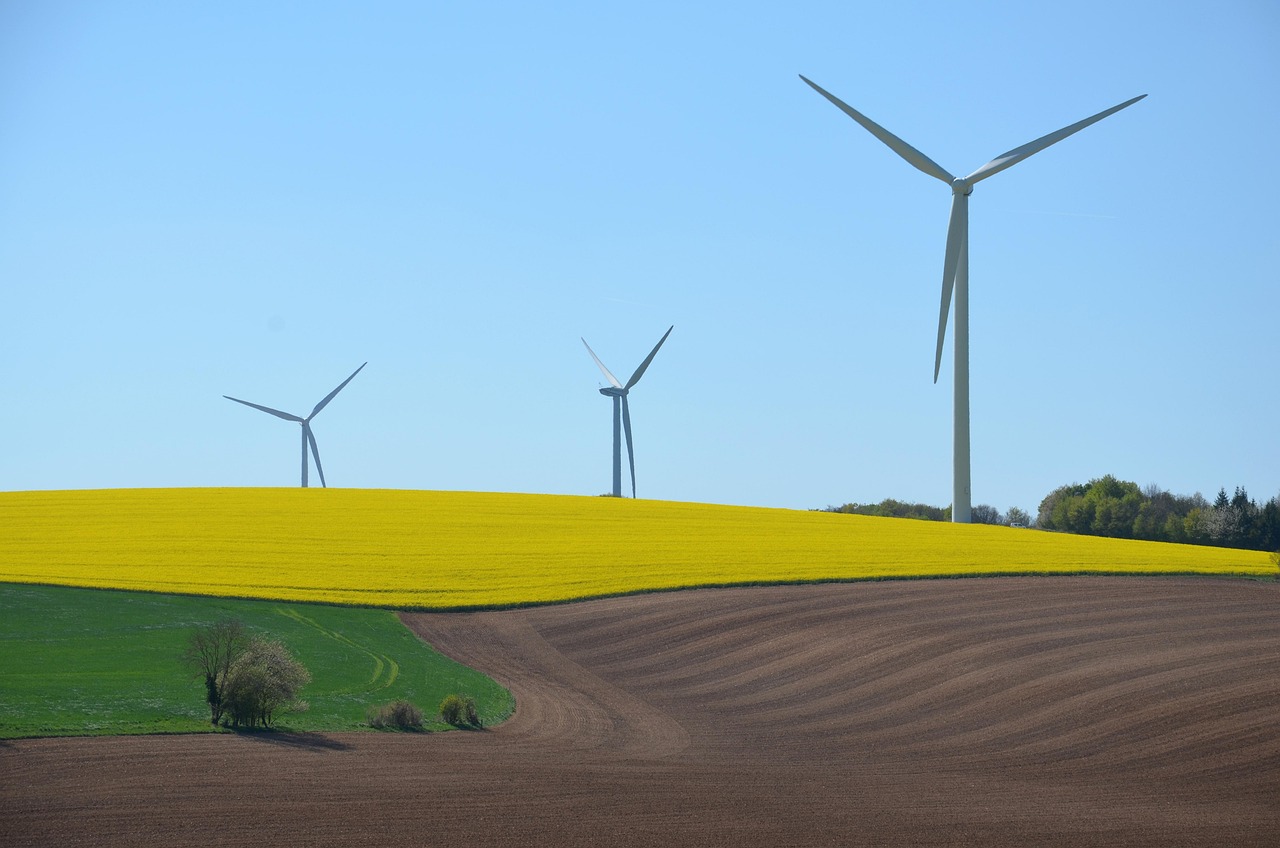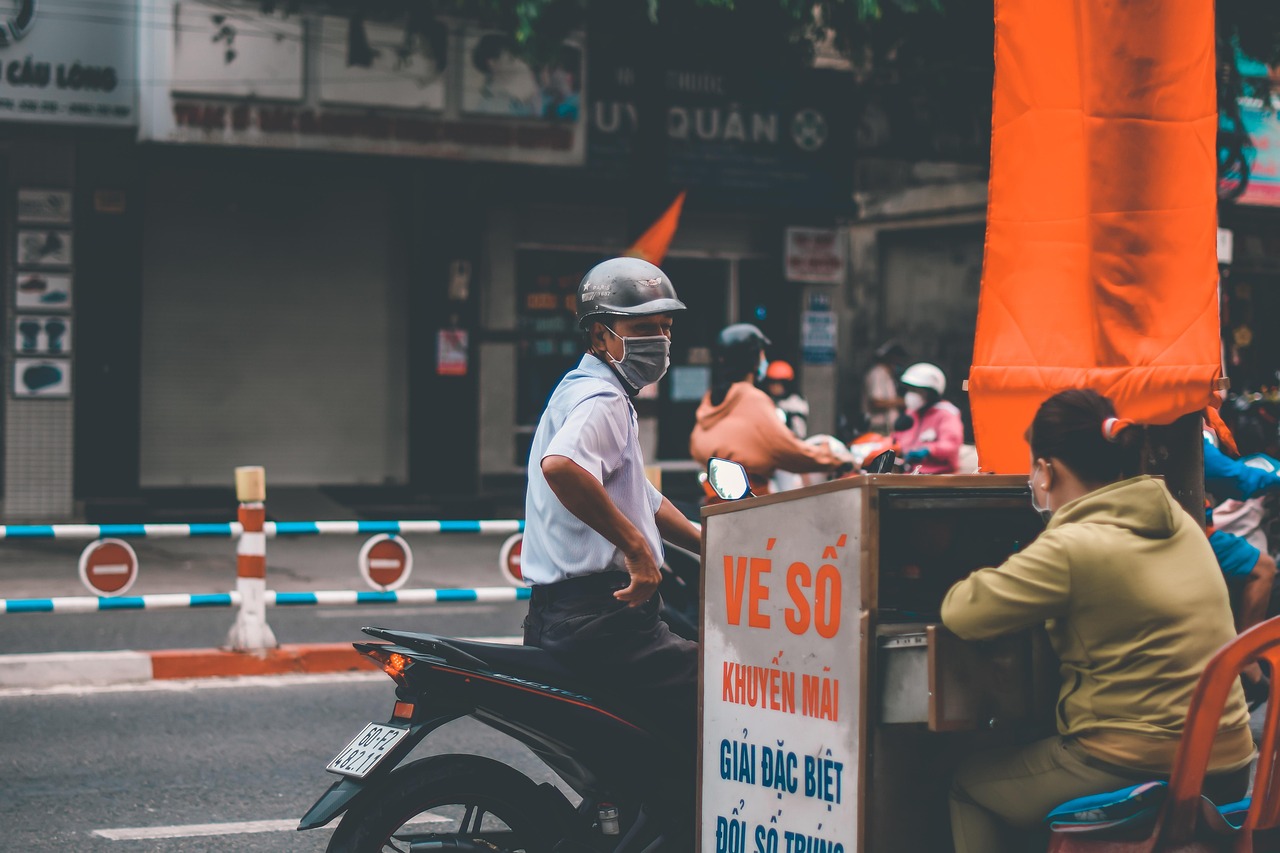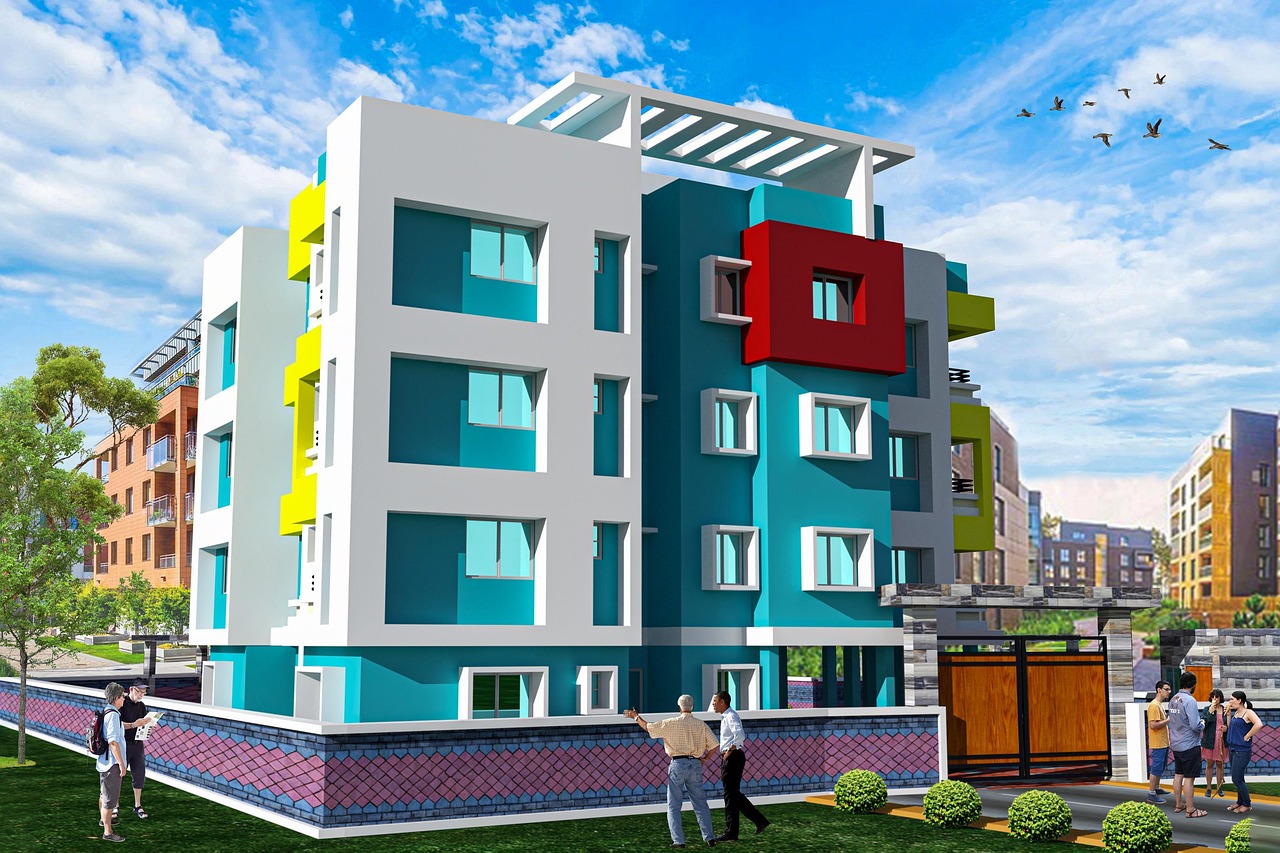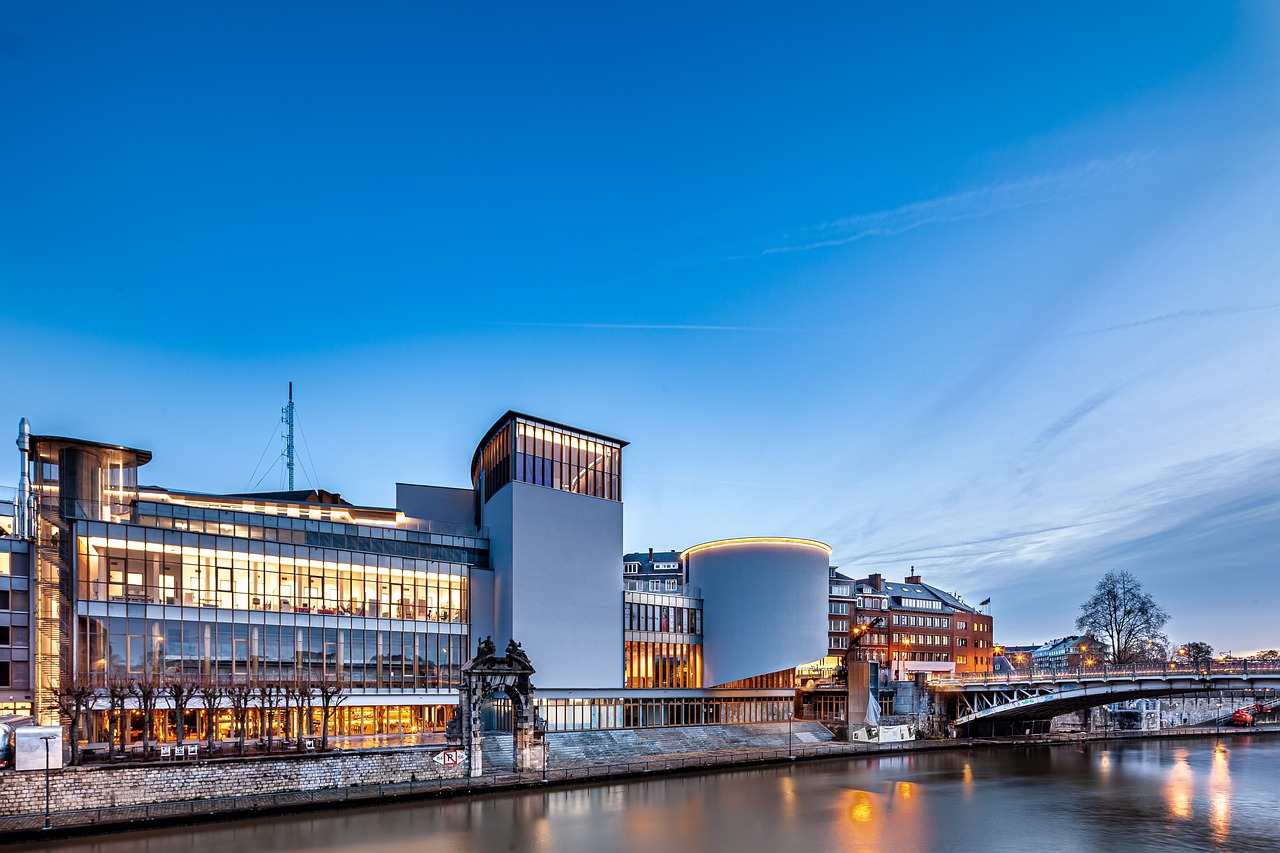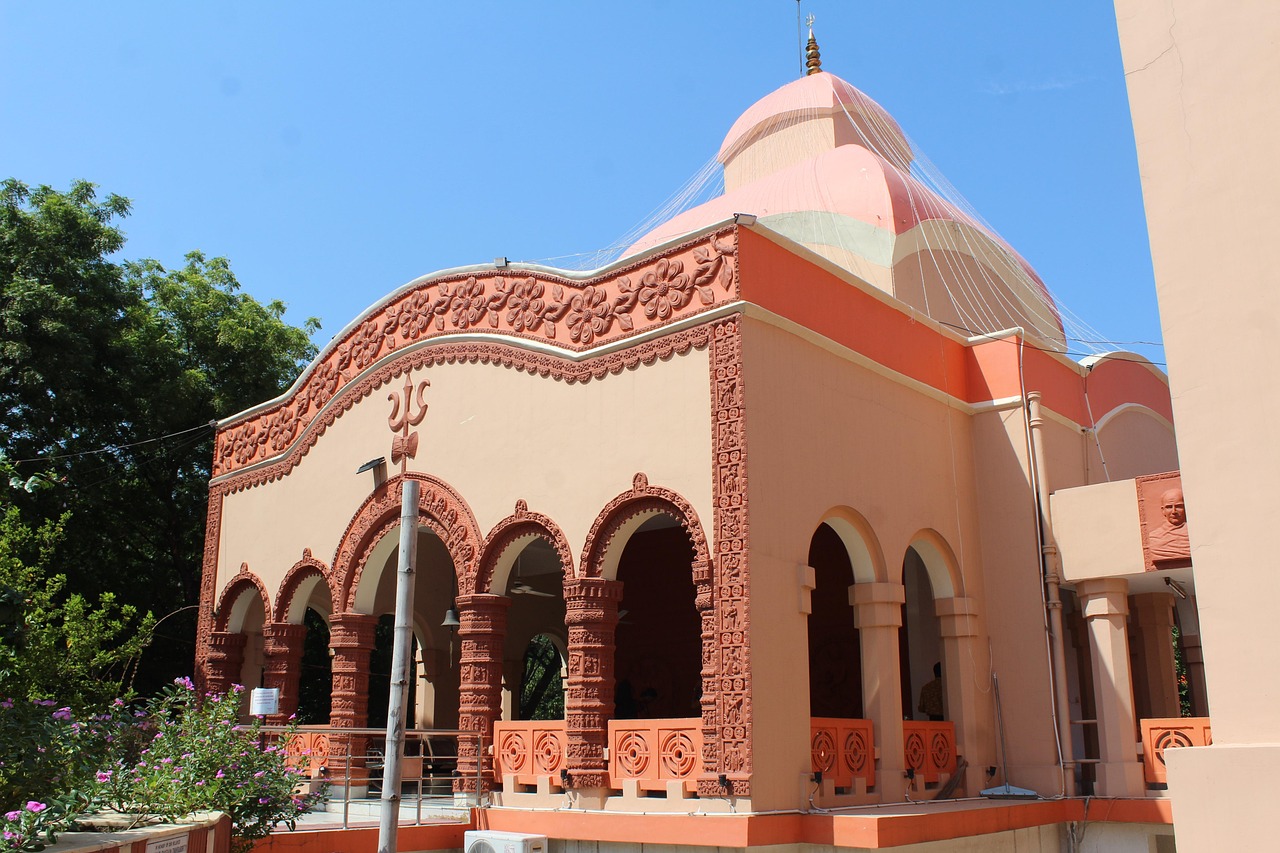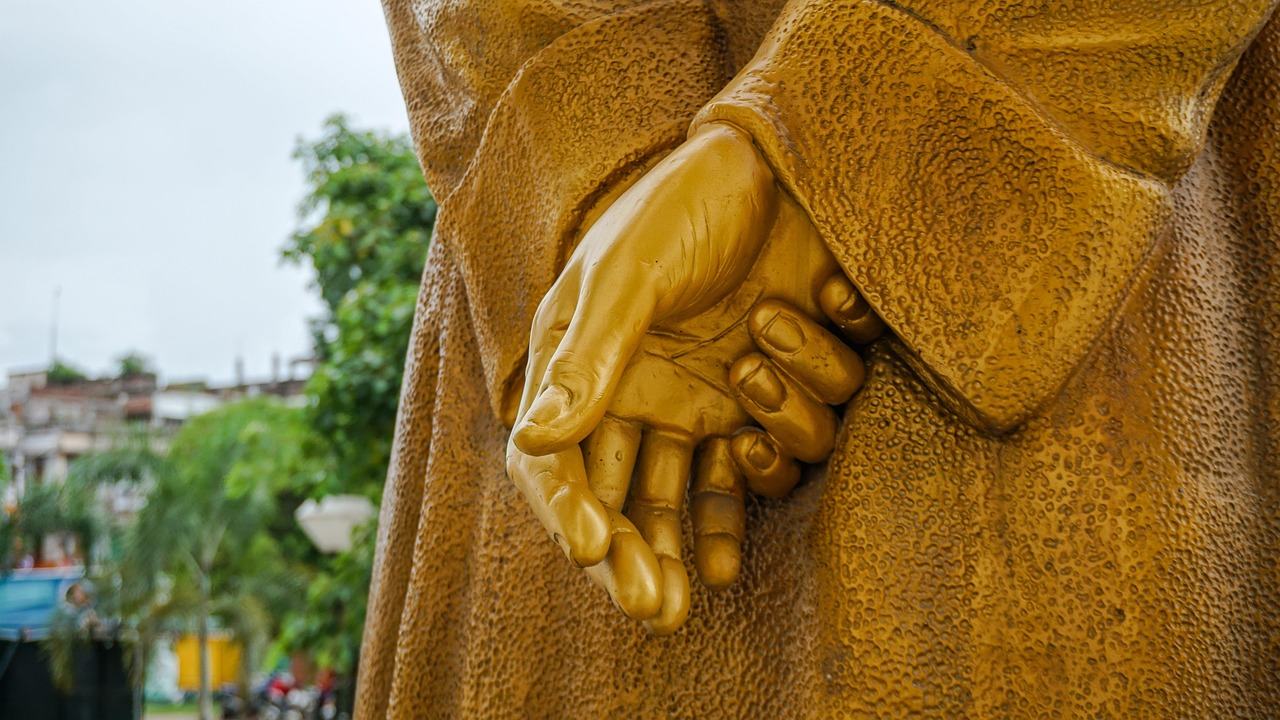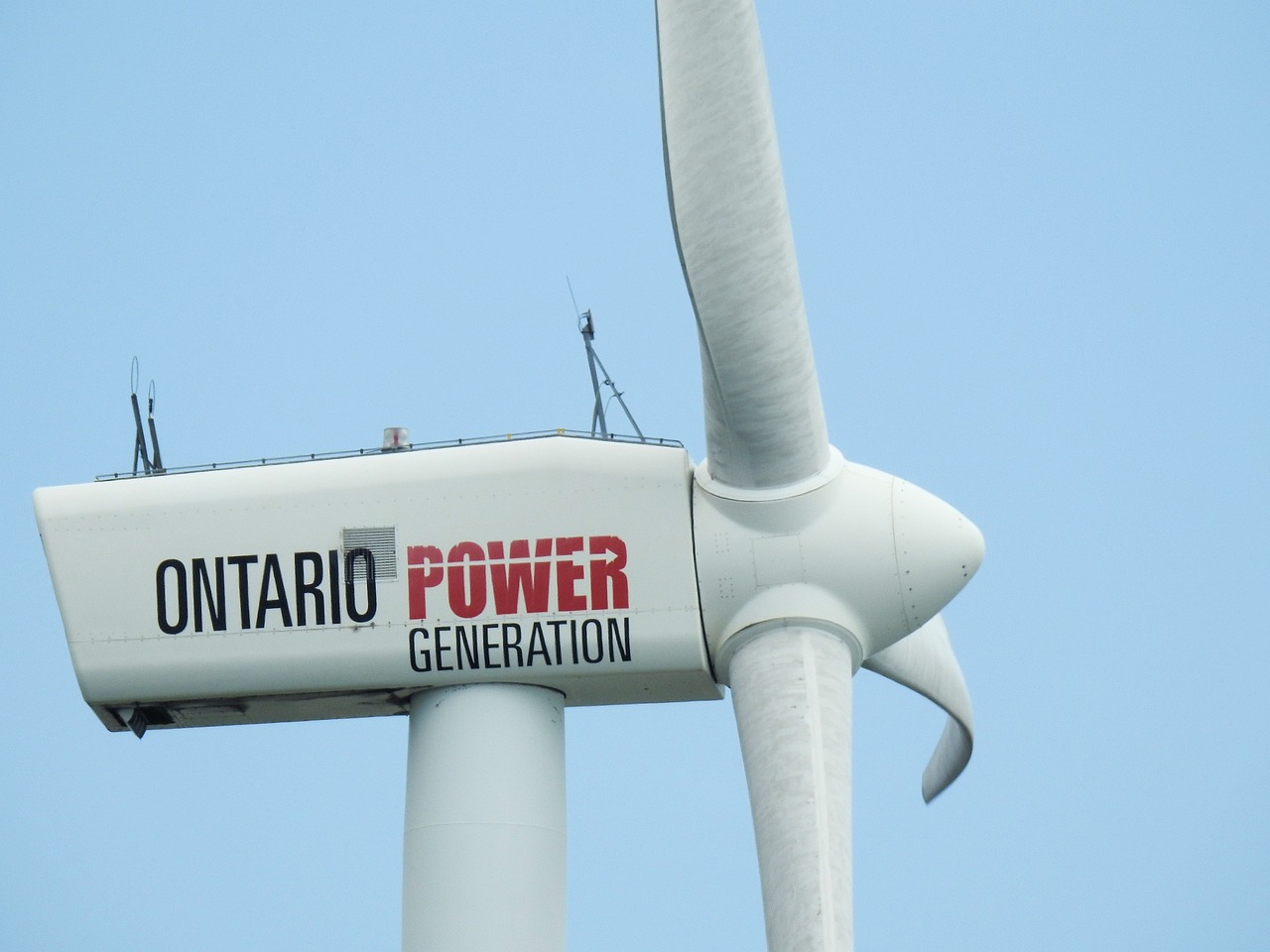This article delves into the West Bengal 2019 election results, analyzing the political landscape, voter behavior, and the implications of the outcomes for the state’s future.
Understanding the Political Landscape of West Bengal
West Bengal has a rich political history marked by diverse ideologies. The state’s political dynamics have evolved significantly over the years, influenced by various parties and movements. The legacy of the Left Front, which dominated for decades, has been challenged by the rise of the Trinamool Congress (TMC) and the Bharatiya Janata Party (BJP). This section explores how these shifts have shaped the current electoral environment.
The Major Political Parties in 2019
- Trinamool Congress (TMC): Under the leadership of Mamata Banerjee, the TMC focused on social welfare and development initiatives to secure voter loyalty.
- Bharatiya Janata Party (BJP): The BJP made significant gains by appealing to nationalistic sentiments and emphasizing development.
- Left Front: Once a formidable force, the Left Front struggled to maintain its influence amidst changing voter preferences.
Voter Turnout and Demographics
Voter turnout in West Bengal has been a critical indicator of electoral engagement. In 2019, turnout rates were influenced by various demographic factors, including age, gender, and socio-economic status. Understanding these aspects provides insight into the motivations behind voter decisions.
The Role of Social Media in Campaigning
Social media played a pivotal role in the 2019 elections, with parties leveraging digital platforms to engage with voters. Campaign strategies included targeted advertisements and grassroots mobilization through social networks, which proved effective in reaching younger voters.
Post-Election Analysis and Implications
The aftermath of the 2019 elections has significant implications for governance in West Bengal. The results have set the stage for ongoing political discourse, with challenges and opportunities for the ruling parties. The evolving political landscape suggests that future elections will continue to reflect shifting voter allegiances.
Conclusion
The West Bengal 2019 election results mark a significant chapter in the state’s political history. As parties navigate the implications of these outcomes, understanding voter behavior and political trends will be crucial for future electoral strategies.

Understanding the Political Landscape of West Bengal
West Bengal’s political landscape is a tapestry woven with a multitude of ideologies, parties, and movements. This state, known for its rich cultural heritage, has witnessed a dynamic evolution of political parties that have significantly shaped its electoral dynamics over the years.
The roots of West Bengal’s political history can be traced back to the pre-independence era, where various movements aimed at social reform and independence laid the groundwork for modern political discourse. Post-independence, the rise of the Left Front marked a significant shift, establishing a stronghold that lasted for over three decades. This period was characterized by policies focused on agrarian reform and social equity, which resonated deeply with the electorate.
However, the political landscape began to change dramatically with the emergence of the Trinamool Congress (TMC) in the late 1990s, led by Mamata Banerjee. The TMC’s rise was fueled by a coalition of anti-Left sentiments and promises of development, which appealed to the younger electorate and those disillusioned with the longstanding Left governance. The party’s emphasis on grassroots mobilization and social welfare initiatives has played a pivotal role in its electoral successes.
In recent years, the Bharatiya Janata Party (BJP) has also made significant inroads into West Bengal, challenging the traditional political dichotomy. The BJP’s strategy has focused on nationalistic sentiments and development narratives, attracting a diverse voter base. This shift indicates a growing complexity in West Bengal’s political affiliations, reflecting a broader trend of changing voter preferences across India.
As we look ahead, the political landscape of West Bengal continues to evolve, with the potential for new alliances and shifts in voter sentiment. Understanding these dynamics is crucial for analyzing the state’s future electoral outcomes and governance strategies.

The Major Political Parties in 2019
The 2019 elections in West Bengal were characterized by a fierce competition among several political parties, each vying for dominance in a state with a rich political history. The key players in this electoral battle were the Trinamool Congress (TMC), the Bharatiya Janata Party (BJP), and the Left Front. Each party adopted unique strategies to appeal to the electorate, reflecting their respective ideologies and goals.
Trinamool Congress: The Incumbent Power
Under the leadership of Mamata Banerjee, the TMC aimed to consolidate its power and retain its majority in the state assembly. The party focused on grassroots mobilization and emphasized its achievements in social welfare programs. The TMC’s campaign included extensive outreach efforts, utilizing local leaders to connect with voters on a personal level.
BJP: The Rising Challenger
The BJP made significant strides in West Bengal during the 2019 elections, capitalizing on national issues and local sentiments. The party’s strategy involved a robust campaign that highlighted its focus on development and national security. By leveraging social media and conducting rallies across the state, the BJP aimed to resonate with the younger demographic and first-time voters.
Left Front: The Historical Contender
Once a dominant force in West Bengal politics, the Left Front faced challenges in 2019 as it struggled to regain its footing. The party aimed to reconnect with its traditional voter base by emphasizing its historical legacy and advocating for workers’ rights. However, the Left Front’s campaign lacked the momentum seen in previous elections, leading to a decline in its influence.
Conclusion
In summary, the 2019 elections in West Bengal showcased a dynamic political landscape with the TMC, BJP, and Left Front employing distinct strategies to attract voters. As the results unfolded, the implications of these strategies would set the tone for future political developments in the state.
The Trinamool Congress: A Dominant Force
The Trinamool Congress (TMC), under the leadership of Mamata Banerjee, has established itself as a formidable force in West Bengal’s political arena. This section delves into the campaign strategies employed by the TMC and their efforts to engage with voters, which have played a crucial role in shaping the party’s success during elections.
In the lead-up to the 2019 elections, the TMC focused on grassroots mobilization and extensive voter outreach. The party’s strategy included organizing rallies, door-to-door campaigns, and community meetings to connect with the electorate on a personal level. This approach allowed them to address local issues directly and showcase their commitment to the welfare of the people.
Another significant aspect of their campaign was the emphasis on social welfare initiatives. The TMC highlighted various programs aimed at improving the lives of the underprivileged, such as financial aid for farmers, healthcare initiatives, and education reforms. By promoting these initiatives, the party aimed to resonate with voters who were directly benefiting from such policies.
Moreover, the TMC effectively utilized social media platforms to reach a broader audience. Engaging content, including videos and infographics, was shared to inform voters about the party’s achievements and future plans. This digital outreach was crucial in mobilizing younger voters, who are increasingly relying on social media for information.
Public perception of the TMC also played a vital role in their campaign strategy. The party worked diligently to maintain a positive image, addressing criticisms and countering negative narratives. By focusing on their achievements and the challenges faced by the opposition, they aimed to strengthen their position in the minds of the voters.
In conclusion, the TMC’s multifaceted campaign strategies, which included grassroots mobilization, social welfare initiatives, and effective use of social media, significantly influenced their electoral performance. As the political landscape of West Bengal continues to evolve, understanding these strategies provides valuable insights into the dynamics of voter engagement and party success.
Key Campaign Strategies of the TMC
The Trinamool Congress (TMC), under the leadership of Mamata Banerjee, has effectively utilized a variety of campaign strategies to connect with voters in West Bengal. This section examines the significant approaches that have shaped the party’s electoral success.
- Grassroots Mobilization: The TMC has prioritized grassroots mobilization by engaging local communities directly. By organizing rallies, door-to-door campaigns, and community meetings, the party has fostered a sense of connection and trust among voters. This personal approach allows the TMC to address local issues effectively and resonate with the electorate.
- Social Welfare Initiatives: The implementation of various social welfare schemes has been a cornerstone of the TMC’s strategy. Programs aimed at improving education, healthcare, and financial assistance for the underprivileged have garnered significant support. Voters often perceive these initiatives as tangible evidence of the party’s commitment to their well-being.
- Emphasis on Local Issues: The TMC has strategically focused on local issues that matter most to the electorate. By highlighting concerns such as agricultural policies, unemployment, and infrastructure development, the party has positioned itself as a champion of the common people, further strengthening its appeal.
- Engagement through Digital Platforms: In the digital age, the TMC has adeptly used social media and other digital platforms to reach younger voters. Campaigns on platforms like Facebook, Twitter, and WhatsApp have allowed the party to disseminate information rapidly and engage in two-way communication with the electorate.
- Building Alliances: The TMC has also focused on building alliances with local organizations and influential community leaders. By collaborating with these entities, the party has expanded its reach and enhanced its credibility among various voter demographics.
In summary, the TMC’s multifaceted approach, combining grassroots efforts, social welfare programs, and modern digital engagement, has significantly influenced voter sentiment and contributed to its electoral strength in West Bengal.
Public Perception of the TMC
plays a pivotal role in shaping the political landscape of West Bengal, especially as the state approaches elections. Understanding this perception provides insights into voter sentiment and the overall image of the Trinamool Congress (TMC) as a political entity.
In recent years, the TMC, led by Mamata Banerjee, has been both praised and criticized for its governance. The party’s image is closely tied to its ability to address the needs and concerns of the electorate. A significant aspect of public perception revolves around the party’s performance in key areas such as healthcare, education, and infrastructure development. Voters often assess the TMC based on tangible outcomes and the effectiveness of its policies.
Moreover, the TMC’s outreach strategies have evolved, utilizing both traditional and modern methods to connect with the public. Grassroots mobilization has been a hallmark of the party’s campaign, allowing them to engage directly with constituents. This approach not only fosters a sense of community but also helps the party gauge public sentiment more accurately.
Additionally, the role of social media cannot be underestimated. The TMC has leveraged platforms like Facebook and Twitter to disseminate information and counteract negative narratives. This digital presence is crucial in shaping the party’s image, especially among younger voters who are more inclined to engage with political content online.
Surveys and polls leading up to the elections indicate a mixed perception of the TMC. While many voters express loyalty to Mamata Banerjee, concerns over issues such as corruption and governance persist. These factors contribute to a complex voter sentiment that the TMC must navigate carefully as it approaches the elections.
In conclusion, understanding public perception of the TMC is essential for predicting electoral outcomes. The party’s ability to adapt to voter concerns and effectively communicate its achievements will be critical in shaping its future in West Bengal politics.
The BJP’s Rise in West Bengal
The Bharatiya Janata Party (BJP) has witnessed a remarkable transformation in its political standing in West Bengal, particularly during the 2019 elections. This section aims to analyze the party’s campaign strategies, voter engagement, and overall appeal to the electorate, which contributed to its significant electoral gains.
Historically, West Bengal has been dominated by the Trinamool Congress (TMC) and the Left Front. However, the BJP’s approach in 2019 marked a pivotal shift in the state’s political dynamics. The party adopted a multifaceted campaign strategy that resonated with a diverse electorate.
- Grassroots Mobilization: The BJP focused on grassroots outreach, utilizing local leaders to connect with voters on a personal level. This strategy helped the party penetrate areas where it previously had minimal presence.
- Emphasis on Nationalism: The BJP’s campaign heavily emphasized themes of nationalism and development. By aligning local issues with national narratives, the party appealed to voters’ aspirations for progress.
- Utilization of Technology: The BJP effectively harnessed social media platforms to disseminate its message, engage younger voters, and counter misinformation. This digital strategy played a crucial role in shaping public perception.
Furthermore, the party’s appeal was enhanced by addressing local grievances, such as unemployment and infrastructure deficits. By promising solutions and showcasing successful governance models from other states, the BJP positioned itself as a viable alternative to the TMC.
In conclusion, the BJP’s rise in West Bengal during the 2019 elections can be attributed to its innovative campaign tactics and ability to connect with the electorate. As the political landscape evolves, the implications of these strategies will continue to shape West Bengal’s future.

Voter Turnout and Demographics
Voter turnout serves as a fundamental measure of civic engagement within a democracy. In the context of the 2019 West Bengal elections, analyzing turnout rates alongside demographic factors provides valuable insights into voting behavior and electoral dynamics.
In 2019, West Bengal witnessed a voter turnout of approximately 82%, reflecting a significant level of engagement among the electorate. This turnout was influenced by various demographic factors, including age, gender, and socio-economic status. Understanding these elements is crucial for interpreting the electoral outcomes and the shifting political landscape of the state.
| Demographic Factor | Turnout Rate (%) |
|---|---|
| Age (18-25) | 65 |
| Age (26-40) | 75 |
| Age (41-60) | 85 |
| Age (60+) | 80 |
| Gender (Female) | 78 |
| Gender (Male) | 85 |
The turnout rates reveal that older voters, particularly those aged 41 and above, were more likely to participate in the elections compared to younger voters. Additionally, male voters demonstrated a higher turnout than their female counterparts, indicating potential gender-based disparities in electoral engagement.
Furthermore, socio-economic factors also played a significant role in influencing voter turnout. Individuals from higher income brackets were more likely to vote, possibly due to greater access to information and resources related to the electoral process.
In conclusion, the 2019 elections in West Bengal highlighted the complex interplay of demographic factors affecting voter turnout. By understanding these dynamics, political parties and analysts can better gauge electoral behavior and strategize for future elections.
Analyzing Voter Demographics
Understanding the demographic factors that influence voter behavior is crucial in the context of elections, particularly in a diverse state like West Bengal. Various groups based on age, gender, and socio-economic status play a significant role in shaping the electoral outcomes. This section delves into how these demographic segments affect voter decisions and the overall political landscape.
- Age Groups: The youth, middle-aged, and senior citizens each have distinct priorities and concerns. Younger voters, often driven by issues like employment and education, tend to lean towards parties that promise reforms and innovation. Conversely, older demographics may prioritize stability and social welfare programs.
- Gender Dynamics: Gender plays a pivotal role in electoral behavior. Women voters, particularly in West Bengal, have been increasingly vocal about their needs, including safety, health, and employment opportunities. Political parties that address these issues effectively often see higher support from female voters.
- Socio-Economic Factors: Economic status significantly affects voting patterns. Voters from lower socio-economic backgrounds may prioritize basic needs such as food security and housing, while affluent voters may focus on tax policies and business opportunities. Understanding these nuances is essential for parties aiming to appeal to a broad electorate.
In addition to these factors, regional variations within West Bengal also influence voting behavior. Urban voters may have different concerns compared to their rural counterparts, leading to varied political alignments. The interplay of these demographic factors not only impacts individual voter decisions but also shapes the overall electoral strategies of political parties.
In conclusion, a comprehensive analysis of voter demographics reveals the complexity of voter behavior in West Bengal. By understanding the motivations and concerns of different demographic groups, political parties can tailor their campaigns more effectively, ensuring they resonate with a diverse electorate.
Impact of Voter Turnout on Results
The 2019 West Bengal elections showcased how voter turnout can dramatically influence electoral outcomes. In this section, we will explore the relationship between voter participation levels and the results of the elections, emphasizing the critical role that turnout played in shaping the political landscape of the state.
Voter turnout in West Bengal during the 2019 elections was notably significant, with approximately 80% of eligible voters casting their ballots. This high level of engagement was crucial in determining the success of various political parties, particularly the Trinamool Congress (TMC) and the Bharatiya Janata Party (BJP).
| Party | Vote Percentage | Turnout Impact |
|---|---|---|
| TMC | 43% | Strong grassroots support led to high turnout in urban areas. |
| BJP | 40% | Increased outreach efforts attracted first-time voters and rural populations. |
| Left Front | 7% | Struggled with voter engagement, leading to low turnout in their strongholds. |
The TMC’s ability to mobilize voters was evident in urban districts, where their social welfare initiatives resonated with the electorate. Conversely, the BJP’s campaign targeted younger voters and first-time participants, leveraging social media to increase awareness and drive turnout.
Moreover, demographic factors played a pivotal role in shaping voter turnout. For instance, younger voters showed a marked increase in participation compared to previous elections, indicating a shift in political engagement. This trend underscores the importance of understanding voter demographics when analyzing electoral outcomes.
In conclusion, the 2019 elections in West Bengal serve as a testament to the profound impact that voter turnout can have on election results. The interplay between voter engagement and party strategies not only influenced immediate outcomes but also set the stage for future political dynamics in the state.

The Role of Social Media in Campaigning
Social media has significantly transformed the landscape of political campaigning, particularly evident during the 2019 elections. This article delves into the various ways political parties harnessed digital platforms to engage voters and influence public opinion.
In the past, traditional media dominated political communication. However, with the advent of social media, a paradigm shift has occurred. Political parties now utilize platforms such as Facebook, Twitter, and Instagram to reach a broader audience, especially younger voters who are more active online.
One of the most notable strategies employed by parties was the use of targeted advertising. By analyzing user data, parties tailored their messages to resonate with specific demographics, enhancing engagement. For instance, the Trinamool Congress effectively used social media to showcase their achievements and initiatives, directly appealing to constituents’ needs.
Moreover, social media played a crucial role in shaping public discourse. Political parties leveraged trending topics and hashtags to drive conversations, often responding in real-time to public sentiments. This immediate feedback loop allowed parties to adjust their strategies dynamically, making their campaigns more responsive and relevant.
Another significant aspect was the role of influencers and grassroots movements. Many parties collaborated with social media influencers to amplify their messages, reaching audiences that traditional media could not. Grassroots campaigns also flourished online, empowering volunteers to mobilize support through shares and retweets.
In conclusion, the 2019 elections exemplified the profound impact of social media on political campaigning. By engaging voters through innovative strategies and real-time interactions, parties not only shaped public opinion but also transformed the electoral process itself. As we look towards future elections, the role of social media will undoubtedly continue to evolve, further influencing how campaigns are conducted.
| Social Media Platforms | Key Strategies |
|---|---|
| Targeted Ads, Community Building | |
| Real-Time Engagement, Trending Topics | |
| Visual Storytelling, Influencer Collaborations |

Post-Election Analysis and Implications
The aftermath of the elections in West Bengal has significant implications for governance and policy. The results of the 2019 elections have reshaped the political landscape, influencing party dynamics and voter expectations. This analysis delves into the potential impacts of these results, offering insights into the future of governance in the state.
Understanding the Impacts on Governance
The electoral outcomes have set the stage for a transformative governance approach. With the Trinamool Congress (TMC) retaining power, there is an expectation for continuity in social welfare programs and infrastructure development. However, the rise of the Bharatiya Janata Party (BJP) as a formidable opposition raises questions about the effectiveness of the ruling party’s policies.
- Policy Continuity: The TMC is likely to focus on enhancing existing welfare schemes.
- Opposition Dynamics: The BJP’s increased presence may lead to more rigorous scrutiny of government actions.
Shifting Political Alliances
The 2019 results have also triggered a re-evaluation of political alliances. The Left Front’s diminished influence signals a potential realignment of voter bases. This shift may encourage new coalitions aimed at countering the dominant parties, impacting future electoral strategies.
Long-Term Trends and Voter Engagement
As West Bengal moves forward, understanding the long-term political trends is crucial. Voter engagement strategies must evolve to address the diverse needs of the electorate. The increasing importance of social media as a campaigning tool cannot be overlooked, as it plays a vital role in shaping public opinion and mobilizing support.
Conclusion
In summary, the implications of the 2019 election results in West Bengal are profound. They not only affect governance but also reshape the political landscape, influencing future elections and party strategies. The ongoing evolution of political alliances and voter engagement will be critical in determining the state’s trajectory in the coming years.
Future of Governance in West Bengal
The Future of Governance in West Bengal is a topic of significant interest following the recent election results. The outcomes have not only reshaped the political landscape but also set the stage for both challenges and opportunities for the winning parties. As we analyze what lies ahead, it becomes crucial to understand how these results will influence governance and policy-making in the state.
With the Trinamool Congress (TMC) continuing to hold power, the party faces the dual challenge of addressing voter expectations while managing dissent from opposition parties. The TMC’s previous governance has been marked by a focus on social welfare programs and infrastructure development, which will need to be sustained to maintain public support. However, they must also navigate the increasing scrutiny regarding issues such as corruption and administrative efficiency.
On the other hand, the Bharatiya Janata Party (BJP), having made significant gains in the recent elections, presents a formidable challenge to the TMC. Their rise indicates a shift in voter sentiment, particularly among the youth and urban populations. The BJP’s focus on nationalism and development could resonate strongly if they manage to effectively communicate their vision for West Bengal’s future.
Moreover, the Left Front, while diminished, still holds influence in certain pockets of the state. Their historical roots in labor rights and social justice issues could provide them with a platform to re-engage with voters who feel neglected by the current administration.
In conclusion, the future governance of West Bengal will likely be characterized by a complex interplay of political dynamics. The winning parties must leverage their strengths while addressing the concerns of their constituents. Continuous engagement with the electorate and transparent governance will be essential in navigating the challenges ahead. As the political landscape evolves, the ability to adapt to changing voter sentiments will determine the success of these parties in the years to come.
Long-Term Political Trends in West Bengal
Understanding the long-term trends in West Bengal’s political landscape is crucial for predicting future electoral outcomes. Over the years, the state has witnessed significant shifts in political allegiances and voter preferences, which are influenced by various socio-economic factors, cultural dynamics, and evolving party strategies.
Historically, West Bengal has been a stronghold for the Left Front, which dominated the political scene for over three decades. However, the rise of the Trinamool Congress (TMC) in 2011 marked a pivotal change, as they capitalized on anti-incumbency sentiments and a desire for new governance. This transition illustrates how public sentiment can dramatically alter political allegiances.
In recent elections, particularly in 2019, the Bharatiya Janata Party (BJP) made significant inroads, capturing a substantial portion of the electorate that was previously loyal to the TMC and the Left. This shift can be attributed to a combination of factors, including effective campaign strategies, promises of development, and a strong national narrative that resonated with voters.
- Demographic Shifts: Changes in the demographic composition of voters, including younger populations and urban migration, have influenced political preferences.
- Social Issues: Issues such as unemployment, education, and healthcare have become central to voter decision-making, prompting parties to adapt their platforms accordingly.
- Identity Politics: The role of caste, religion, and regional identity has also intensified, impacting party strategies and voter alignments.
The 2021 state elections further highlighted these trends, as the TMC sought to reinforce its base while the BJP aimed to consolidate its gains. The outcomes of these elections will likely shape the political discourse in West Bengal for years to come.
In conclusion, the long-term political trends in West Bengal reveal a dynamic landscape where voter preferences are continuously evolving. As parties adapt to these changes, understanding the underlying factors driving these trends will be essential for stakeholders looking to engage with the electorate effectively.
Frequently Asked Questions
- What were the key outcomes of the West Bengal 2019 elections?
The West Bengal 2019 elections showcased a significant political shift, with the Trinamool Congress (TMC) maintaining its dominance while the Bharatiya Janata Party (BJP) made notable gains. This election highlighted changing voter sentiments and the evolving political landscape in the state.
- How did social media influence the 2019 election campaigns?
Social media played a crucial role in the 2019 elections, allowing parties to engage with voters directly. Both TMC and BJP utilized platforms like Facebook and Twitter to share their messages, mobilize supporters, and counter opponents, making digital outreach a vital part of their strategies.
- What demographic factors influenced voter turnout in West Bengal?
Voter turnout in West Bengal was influenced by various demographic factors, including age, gender, and socio-economic status. Younger voters showed increased engagement, while socio-economic disparities highlighted differing priorities among various groups, ultimately affecting their voting behavior.
- What are the implications of the election results for future governance?
The 2019 election results set the stage for significant governance challenges and opportunities in West Bengal. The winning parties must navigate public expectations and address pressing issues, shaping the state’s political narrative for years to come.




